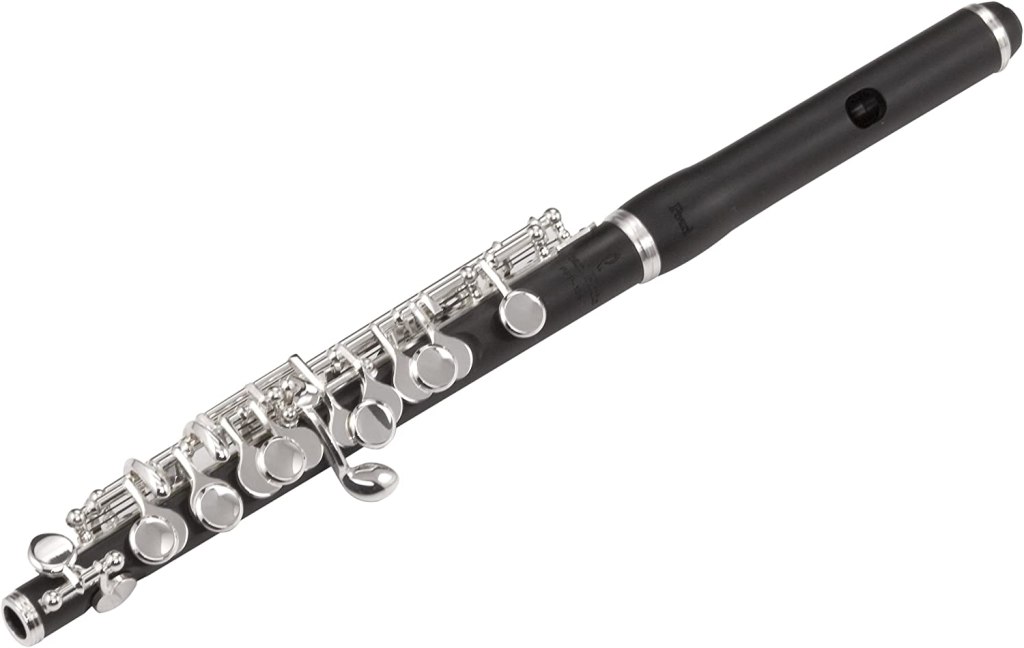Calling all music lovers! Have you ever been entranced by the deep, mellow sound of the bassoon? This impressive woodwind instrument boasts a rich history and a surprising range of notes. But the magic of the woodwind goes beyond its beautiful tone. There’s a whole world of interesting facts and awesome benefits waiting for those who dare to learn it! Whether you’re simply curious or ready to jump into lessons, this guide is your perfect starting point.
Fact 1: The Bassoon – A Surprisingly Old Instrument
The bassoon’s story starts a bit like a forgotten melody, with some details lost to time. But we know it all began around the 16th century. Back then, its close relative, the dulcian, was a simpler instrument, kind of like a first draft. It had a narrower body and fewer buttons to press. Over time, though, the woodwind blossomed into its unique form. It grew longer, learned more notes, and even got a fancy new set of keys! This long history makes the gear a special link to hundreds of years of musical styles. No wonder it needs to be protected by a standalone bassoon insurance plan. Insurance policies are crucial in safeguarding the gear and your finances.
Fact 2: More Than Just Low Notes – The Bassoon’s Impressive Range
The bassoon might be known for its deep voice, but it has a hidden superpower: a massive range! It can play over three and a half octaves, which means it can go way down low for a rich, rumbling sound, all the way up to high notes that are surprisingly bright and nimble. This makes it incredibly versatile. It’s not limited to just playing the bass line – it can also take center stage with beautiful melodies, adding layers of sound and character to all kinds of music, from large orchestras to smaller chamber groups.
Fact 3: A Jack of All Trades – The Bassoon’s Role in Music
Because it can do so much, the woodwind device is a star player in many musical groups. In a giant symphony orchestra, it’s like the musical building block, laying down the base for harmony and adding richness and texture to the sound. But it isn’t just a background player! In smaller chamber groups, it often steps into the spotlight, playing beautiful melodies and having conversations back and forth with other instruments. And the instrument is even a great soloist!

Fact 4: The Bassoon’s Voice – Rich, Reedy, and Full of Character
Forget dull instrument sounds! This instrument has a one-of-a-kind tone, all its own. Think warm and cozy like a crackling fireplace or maybe playful and funny like a cartoon goofball. That’s the magic of this gear. It can switch tones in a flash. But there’s more! Skilled bassoonists use special tricks (like tongue twisters for their instrument!) to create all sorts of cool effects. They can play notes smoothly that run together, or make them pop out short and sharp.
Fact 5: The Bassoon’s Quirky Design – A Bundle of Reeds
One of the most fascinating aspects of the equipment is its unique construction. Unlike most woodwind instruments that use a single reed, the bassoon utilizes a “double reed,” consisting of two thin pieces of cane tied together. Making and adjusting these reeds is an art form in itself, requiring patience and practice. But for the dedicated player, the reward is a rich, expressive sound that is uniquely characteristic of the instrument.
Fact 6: The Bassoon’s Unexpected Relatives – From Oboes to Crumhorns
It belongs to the woodwind family, sharing some common ancestry with instruments like the oboe and the English horn.
Fact 7: Your Bassoon Needs a Comprehensive Insurance Plan
Despite its rich history and sound quality, it is delicate and needs the highest level of care. Most importantly, its care checklist should have the first place for a dedicated bassoon insurance plan. It will ensure emotional and monetary sanity.








